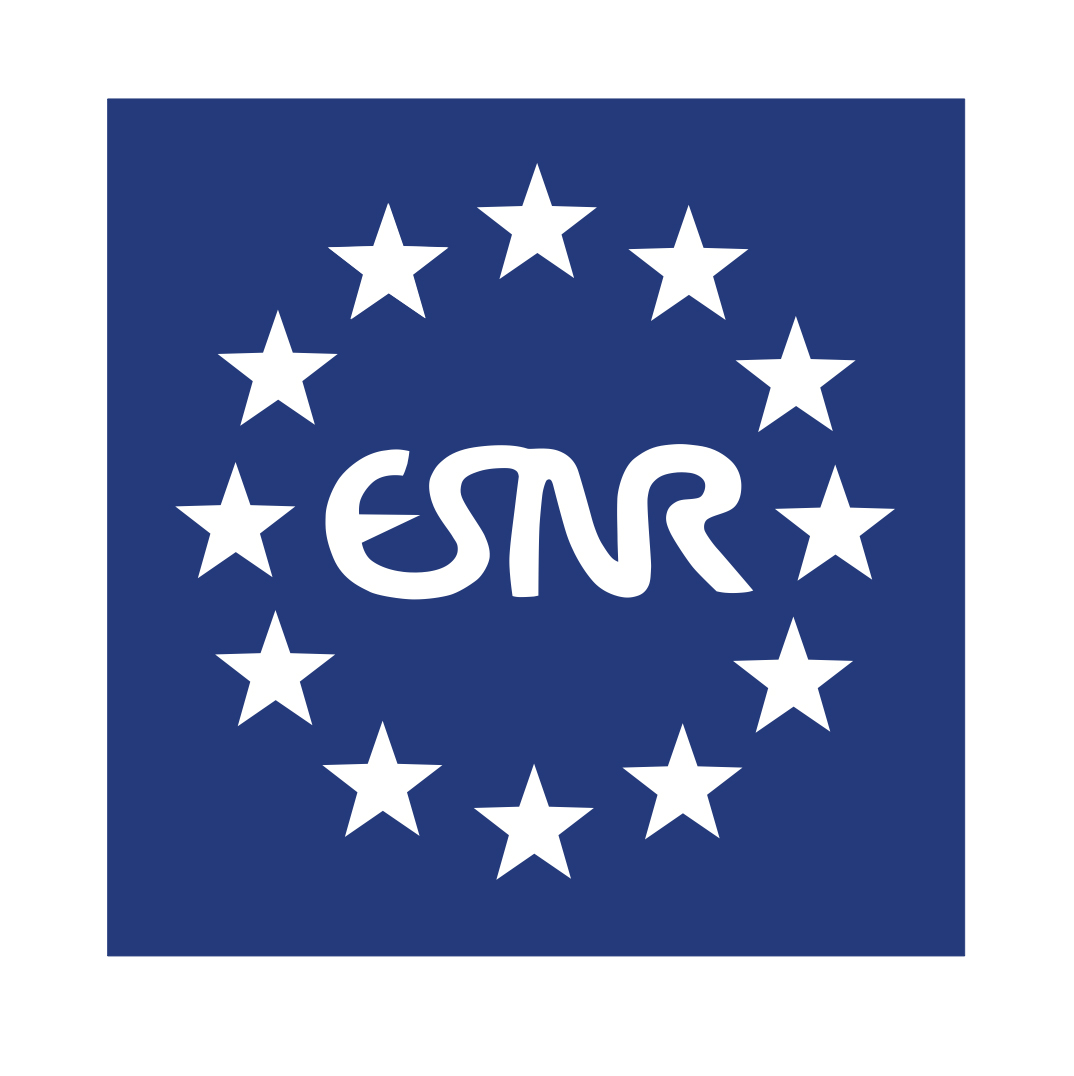Abstract
Muscle is particularly susceptible to toxic effects of drugs or toxins due to its high metabolic activity and potential sites for disruption of energy-producing pathways.
Toxic and drug-induced myopathies describe a wide spectrum of clinical presentations caused by an even wider array of therapeutic agents, recreational and illicit drugs, or environmental or occupational toxins. The mechanisms of toxic myopathy are again almost as varied as the list of causative substances.
Failure to recognize the often iatrogenic nature of these myopathies with continuation of drug or toxin exposure may unnecessarily prolong patient morbidity and can lead to potentially fatal outcomes.
Diagnosis of toxic myopathy rests primarily on patient drug or environmental exposure history, laboratory studies (esp. serum creatine kinase), and electrophysiological studies. Clinical neuroradiology, relying primarily on MRI, will not reveal findings or patterns specific to any single toxic myopathy, but it can play a crucial role in establishing disease pattern for biopsy, elucidating complications (e.g., muscle necrosis), and disease monitoring.
Illustration of neuroradiological findings of all toxic agents is not practicable; therefore, the following chapter will focus on three major agents of toxic myopathy: statin-, glucocorticoid-, and alcohol-induced myopathy.

This publication is endorsed by: European Society of Neuroradiology (www.esnr.org).
Abbreviations
- AIM:
-
Alcohol-induced myopathy
- CK:
-
Creatine kinase
- GIM:
-
Glucocorticoid-induced myopathy
- SIM:
-
Statin-induced myopathy
- STIR:
-
Short tau inversion recovery
- TDIM:
-
Toxic and drug-induced myopathy
- ULN:
-
Upper limit of normal
References
Abd TT, Jacobson TA. Statin-induced myopathy: a review and update. Expert Opin Drug Saf. 2011;10(3):373–87.
Christopher-Stine L. Statin myopathy: an update. Curr Opin Rheumatol. 2006;18:647–53.
Godlee F. Lessons from the controversy over statins. Lancet. 2017;389:1100–1.
Pereira RMR, de Carvalho JF. Glucocorticoid-induced myopathy. Joint Bone Spine. 2011;78:41–4.
Peters SA, Kley R, Tegenthoff M, et al. MRI in lipid-lowering agent-associated myopathy: a retrospective review of 21 cases. AJR Am J Roentgenol. 2010;194:W323–8.
Preedy VR, Ohlendieck K, Adachi J, et al. The importance of alcohol-induced muscle disease. J Muscle Res Cell Motil. 2003;14:55–63.
Schakman O, Gilson H, Thissen JP. Mechanisms of glucocorticoid-induced myopathy. J Endocrinol. 2008;197(1):1–10.
SEARCH Collaborative Group, Link E, Parish S, et al. SLCO1B1 variants and statin-induced myopathy – a genome-wide study. N Engl J Med. 2008;359:789–99.
Suggestions for Further Reading
Dalakas MC. Toxic and drug-induced myopathies. J Neurol Neurosurg Psychiatry. 2009;80:832–8.
Jain KK. Drug-induced myopathies. MedLink Neurology. Assessed Dec 2017.
Mastaglia FL. Drug induced myopathies. Pract Neurol. 2006;6:4–13.
Mor A, Mitnick HJ, Pillinger MH, et al. Drug-induced myopathies. Bull NYU Hosp Jt Dis. 2009;67(4):358–69.
Simon L, Jolley SE, Molina PE. Alcoholic myopathy: pathophysiologic mechanisms and clinical implications. Alcohol Res. 2017;38(2):207–17.
Valiyil R, Christopher-Stine L. Drug-related myopathies of which the clinician should be aware. Curr Rheumatol Rep. 2010;12:213–20.
Walsh RJ, Amato AA. Toxic myopathies. Neurol Clin. 2005;23(2):397–428.
Author information
Authors and Affiliations
Corresponding author
Editor information
Editors and Affiliations
Section Editor information
Rights and permissions
Copyright information
© 2019 Springer Nature Switzerland AG
About this entry
Cite this entry
Peters, S.A., Kley, R.A. (2019). Toxic and Drug-Induced Myopathies. In: Barkhof, F., Jager, R., Thurnher, M., Rovira Cañellas, A. (eds) Clinical Neuroradiology. Springer, Cham. https://doi.org/10.1007/978-3-319-61423-6_4-1
Download citation
DOI: https://doi.org/10.1007/978-3-319-61423-6_4-1
Received:
Accepted:
Published:
Publisher Name: Springer, Cham
Print ISBN: 978-3-319-61423-6
Online ISBN: 978-3-319-61423-6
eBook Packages: Springer Reference MedicineReference Module Medicine


